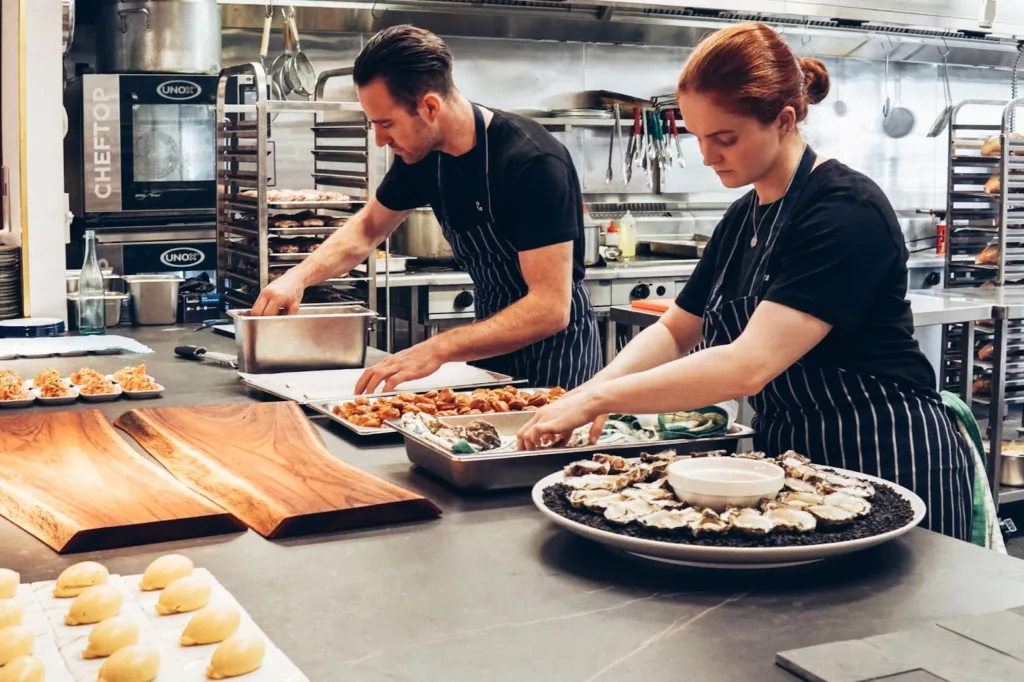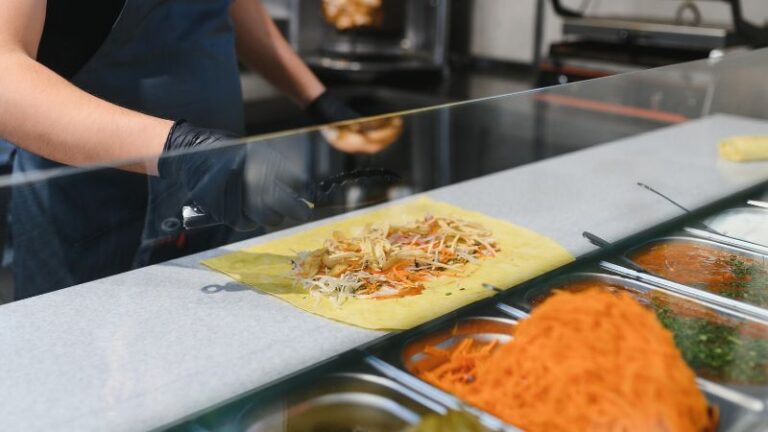Staffing Still Sucks? Here’s How Restaurants Are Making It Work in 2025

If running a restaurant wasn’t already hard enough, restaurant staffing in 2025 has become one of the biggest challenges on the list. You’re hiring slower. Losing people faster. And the team that’s still standing? Probably stretched thin.
Whether you’re a small neighborhood joint or a busy spot with a waitlist, odds are you’ve felt it—fewer applicants, faster turnover, and rising expectations around everything from pay to scheduling. And when you’re short-staffed, everything suffers: service slows, burnout creeps in, and guests start noticing.
The good news? There are restaurants making it work—and it’s not because they’re lucky. It’s because they’ve taken a step back and made smart, intentional changes.
Here’s what we’re seeing behind the scenes—and what’s actually helping restaurant owners build teams that stick around.
This Isn’t Just About Hiring. It’s About Keeping Who You Have.
Let’s be honest – restaurant work is tough. Long shifts, fast pace, high stress. But the real shift lately is what people expect from a job. And it’s not just more money (though that matters).
Today’s restaurant staff wants:
- A schedule that respects their time
- A team that works together, not against each other
- Opportunities to grow (not just grind)
- And yes, decent pay and a little appreciation
When those things aren’t in place?
People leave. And the longer your team stays in burnout mode, the more likely they are to follow.
You’re Not Just Losing Staff – You’re Losing Revenue
Every empty shift hurts. Short-staffed kitchens mean slower tickets. Tired servers make more mistakes. Service dips, reviews suffer, and eventually, so does revenue.
In some cases, staffing shortages even force restaurants to cut hours, close on slow nights, or run reduced menus. That’s money left on the table—and momentum lost.
But it’s not just about plugging holes. It’s about building a system that can support your team long-term, so you’re not constantly scrambling to keep the doors open.
Pay Still Matters – But It’s Not Everything
If your wages aren’t competitive, that’s your starting point. But what we’ve seen is that pay alone won’t fix high turnover. It will get someone in the door, but it won’t keep them.
What does help?
- Bonuses that reward team effort
- Tip pooling systems that feel fair
- Small perks like shift meals, birthday days off, or early access to schedules
Most of all, people want to feel like the work they’re doing actually matters—and that the people running the place see them as more than just labor.
Culture Is the Secret Sauce
You’ve probably heard it before, but it’s worth repeating: culture is what makes people stay when the job gets hard.
And no, we’re not talking about corny posters in the break room.
We’re talking about:
- Managers who listen
- Teams that have each other’s backs
- Leadership that actually cares when someone’s kid is sick
Even small things – like celebrating a staffer who crushed a shift or letting someone weigh in on a new dish- can change how a team feels about working there.
Flexibility Isn’t a Perk Anymore. It’s a Must.
Today’s employees want more control over their time. And if you can offer it—even a little—you’ll be way ahead of most restaurants.
That could mean:
- Letting staff swap shifts without hassle
- Offering part-time options
- Posting schedules in advance so people can plan their lives
It doesn’t mean chaos. It means trust. And in 2025, trust is a competitive advantage.
Let Tech Do the Heavy Lifting
You don’t need more people—you need fewer bottlenecks. And tech can help.
Here’s what’s working:
- 7shifts, Sling, or Deputy for scheduling
- Square, Clover, Toast or similar POS systems to keep orders moving
- MarginEdge, or other ops platforms to track labor and performance
The goal isn’t to replace people but make their jobs easier.
Less stress.
More flow.
Better shifts.
Tie Staffing Back to the Numbers
This is where a lot of owners get stuck: they hire reactively, not strategically.
Instead, track labor as a percentage of revenue (most restaurants should aim for 25–35%). Use data to spot when you can add hours—or when you need to tighten up.
Create benchmarks. Forecast busy periods. Build cross-training into your operations so you’re never stuck with only one person who knows how to run expo.
When staffing is tied to actual numbers, it stops being emotional—and starts being sustainable.
Build the Team You Can Keep
You don’t need a perfect crew. You need a stable one.
And stability comes from doing the boring-but-crucial things right:
- Offering a fair wage
- Creating a workplace that people enjoy being part of
- Giving your managers tools to lead, not just react
- And staying ahead of problems instead of chasing them
Staffing will always be a challenge in this industry. But with the right systems, it doesn’t have to be a crisis
We Can Help You Get There
If you’re stuck in a cycle of hiring, losing, and rehiring—it’s time to zoom out. There’s a better way to manage staffing. One that supports your people and your profitability.
If managing labor costs still feels overwhelming, or if you want to take a deeper dive into optimizing your restaurant’s finances, we’re here to help.
Our team at U-Nique Accounting specializes in using Xero to provide accounting support tailored for restaurant owners to help you track your and monitor your labor costs.
Want a better plan? Let’s talk.
Simply use the calendar down below to book your first call. We’re always here to help.
Until next time!

By MATT CIANCIARULO



